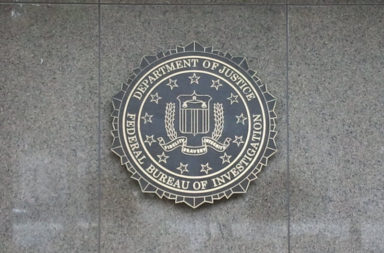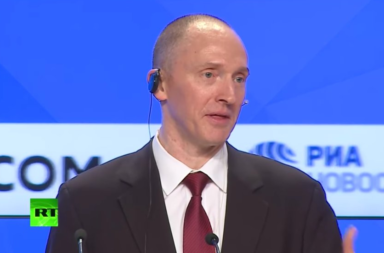Apple has been pitted against the Justice Department recently over the issue of unlocking a cell phone used by the San Bernardino attacker Syed Farook. This comes after Silicon Valley and the Justice Department had made progress to help stop terrorism. However, earlier this week the FBI withdrew from legal action because they claim that they found a way to access the data without Apple. For some background on the case, see see Globalo’s in-depth coverage of the case!
Here are the facts of the case:
- On December 2nd, 2015, Syed Farook and his wife carried out an attack in San Bernardino, California
- The couple smashed their personal cell phones prior to the attack
- Syed’s iPhone 5c recovered, was a company phone provided by his employer
- FBI instructed the employer to reset the iCloud password.
- With no way to backup the information, the phone data cannot be retrieved through iCloud.
- The FBI asked Apple to unlock the phone, and Apple responded that that was technologically impossible.
- FBI asks Apple to design a new version of iOS to allow them to unlock the phone. Apple refuses this request, and the case begins.
Why is there such a fight?
Lets examine the issue from both sides:
FBI:
- There may be important data on the phone that can link to other terrorists.
- The phone is in government custody, and a valid search warrant has been issued for the data on the phone.
- Apple is required to assist, by using the All Writs Act of 1789.
- The new version of the software will only be able to be used for one phone, and then destroyed.
- Encryption prevents the FBI from doing their job, and can allow terrorism to happen easier.
Apple:
- We have helped every step of the way, but this is going too far. This puts the security of millions of our global users at risk.
- There were opportunities to get the data, but the FBI messed up by ordering the change of the iCloud password before backing up.
- This places an undue burden on Apple to design a new operating system, and it will take a team of engineers weeks to complete.
- The idea that this can only be applied to a single phone is nonsense. This could, with some minor adjustment, be used to access any iPhone.
- There is no guarantee that this backdoor will stay private. Other governments may try to get access to this backdoor
- Creating a backdoor can get out, and hackers can access millions of peoples data.
Given that Farook and his wife smashed their personal phones, the likelihood of finding anything was extremely low, and the FBI recognizes that this would have been a landmark case. It would have been a grave setback in the FBI’s fight against encryption if there was nothing found. Maybe the FBI is holding off and waiting for a better case to set this precedent.
Since members of law enforcement have said that they are facing this issue as well, you can be sure that this would not be a one-off request. The FBI has withdrawn for now, but Apple cannot rest easy, yet. The FBI will definitely be back, and with a better case next time.
Click here for background on the shooting
Click here to learn more about the woman behind the man, his fiancee, Tashfeen Malik!
Image Credit: By Kelvinsong (Own work) [CC BY 3.0 (http://creativecommons.org/licenses/by/3.0)], via Wikimedia Commons




